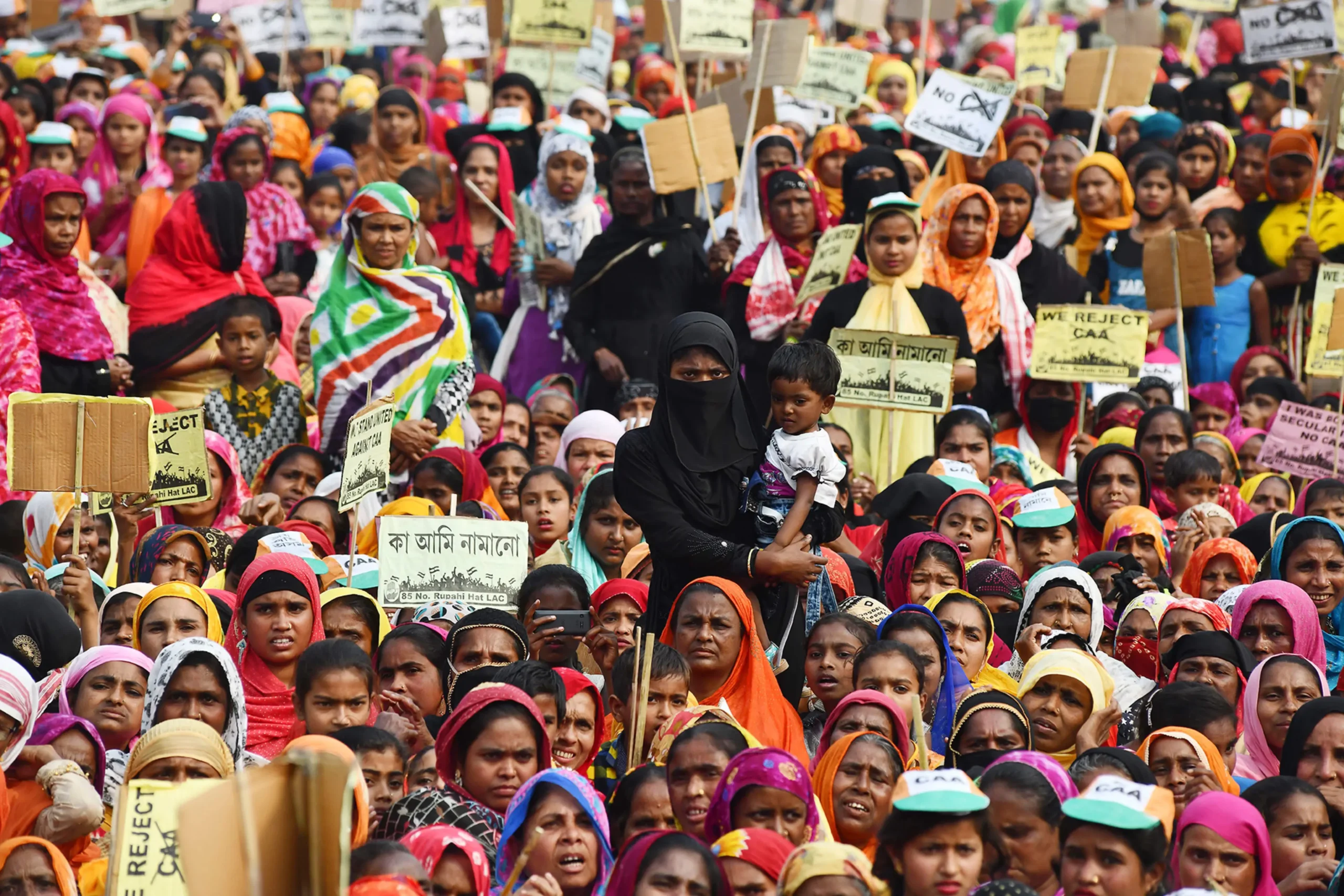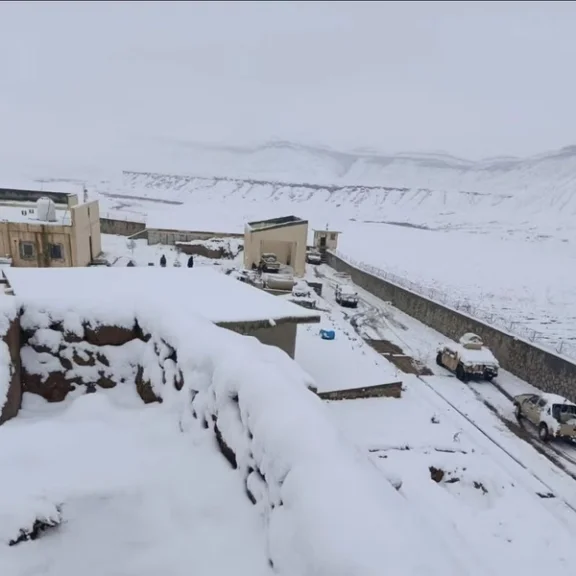Manhattan District Attorney Alvin L. Bragg, Jr. of the United States (US) has announced he has initiated the process to return 20 stolen Nepali antiquities worth a staggering Rs410 million (approximately $3 million) to Nepal.
These valuable items, which had been trafficked out of Nepal over several years, were recovered following an extensive investigation led by the Manhattan District Attorney’s Office into the activities of notorious trafficker Subhash Kapoor.
The objects include a range of priceless artifacts, such as a portrait of 15th-century military governor Gaganshim Bharo with his wives, a Buddha statue stolen from the Bungamati Stupa, and a stone goddess figure. These items, part of Nepal’s rich cultural heritage, were smuggled abroad and sold to collectors and dealers across Europe and the United States.
“The people of Nepal have fought for the return of these prized antiquities for decades, and I am thrilled that our long-term investigation has resulted in the return of these objects. These trafficking networks are extensive and complex, but we will continue our work to dismantle them and undo the harm they have created,” Bragg said.
Also See: Nepal’s Exports Surge 46.5%, But High-Value Goods Lag Behind
One of the most notable pieces being returned is the Portrait of Gaganshim Bharo with His Wives, a traditional Nepali paubha painting dating back to around c 1450-1474 CE. This monumental work was stolen from the Itumbaha Monastery in Kathmandu in 1980 and was trafficked through Switzerland before eventually being found in New York.
The Figure of Buddha, a 9th-century statue depicting the Buddha Sakyamuni, was stolen from the Bungamati Stupa in the late 1970s. It appeared in London in the 1980s before being sold to an American collector. The Buddha statue was recently recovered from the University of Michigan Art Museum, where it had been donated before its illicit origins were uncovered.
The Stone Goddess, possibly representing the Hindu deities Parvati or Lakshmi, was first captured in a photograph in 1975 at the Vishnu Devi Temple in Kathmandu. After being smuggled to Switzerland, it ended up in the collection of a New York-based antiquities dealer in the 1980s and remained in their possession until it was seized by authorities in 2025.
The District Attorney’s Antiquities Trafficking Unit (ATU), under Bragg’s leadership, has recovered over 2,275 stolen antiquities, valued at more thanDistrict Attorney’s Antiquities Trafficking Unit $250 million, from 39 countries, a press release issued by the Attorney’s office said.
The repatriation process was further supported by various international partners and Nepali heritage preservation groups, including the Nepal Heritage Recovery Campaign and the Keshchandra Mahavihar Conservation Society.
This news is sourced from Kathmandu Post and is intended for informational purposes only.

![Manhattan DA Alvin Bragg to return 20 stolen Nepali antiquities worth Rs410 million, including a rare 15th-century paubha painting. [Courtesy of Manhattan District Attorney's Office]](https://southasiatimes.org/wp-content/uploads/2025/03/thumb4.webp)




